Their efforts helped defeat Japanese aggression and maintain spirit of unity with those on the home front, Wang Ru reports.
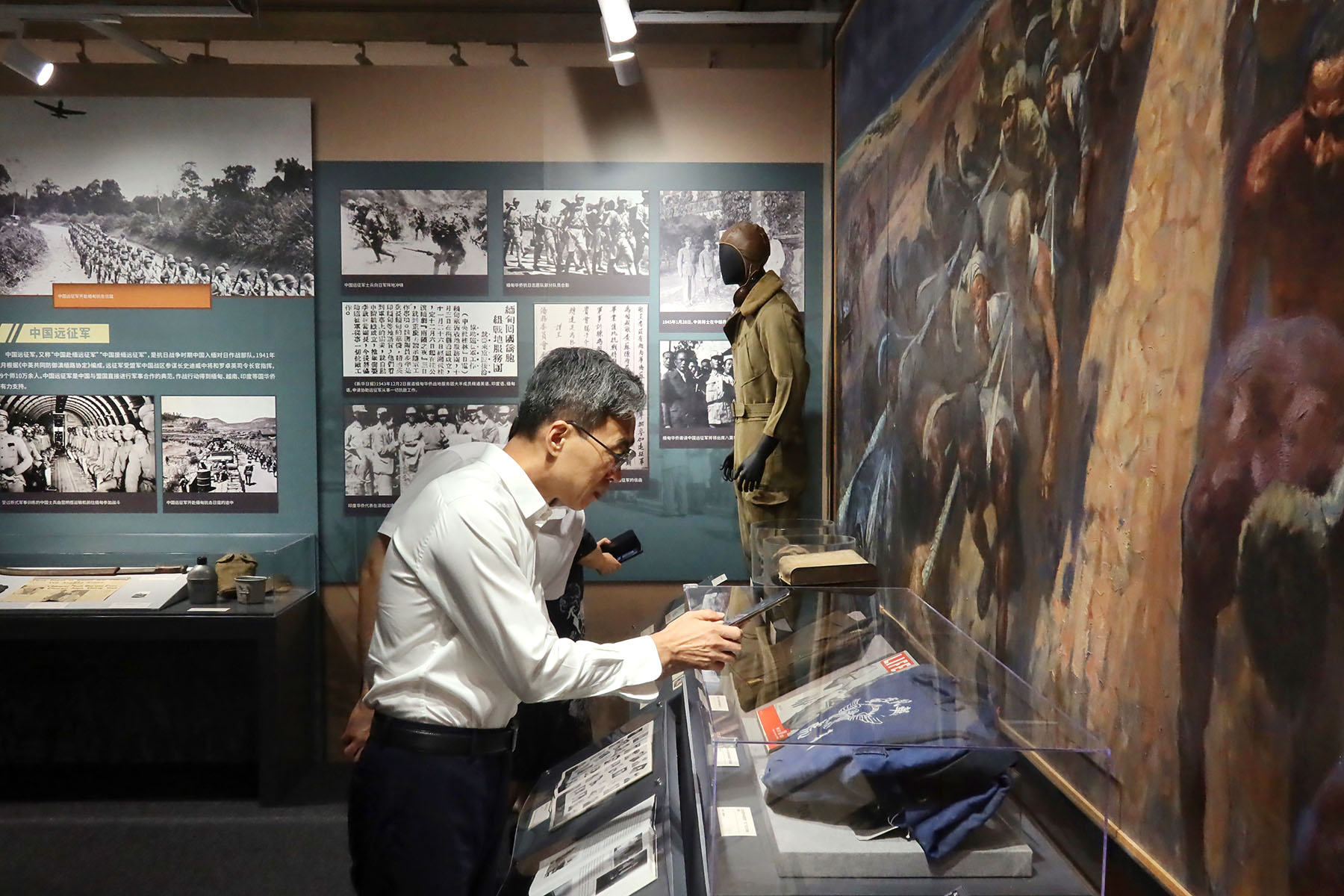
In the history of the Chinese People's War of Resistance Against Japanese Aggression (1931-45) and the World Anti-Fascist War, overseas Chinese people played an irreplaceable role. They either campaigned tirelessly abroad to support the resistance effort, made practical contributions through donations and supplies, or journeyed across oceans to defend their motherland.
Amid the 80th anniversary of the victory in the resistance war, a newly opened exhibition, Unwavering Solidarity Across the Ocean: Special Exhibition Commemorating the Overseas Chinese in the Chinese People's War of Resistance Against Japanese Aggression and the World Anti-Fascist War, which kicked off on Aug 14 at Beijing's Overseas Chinese History Museum of China, has put the remarkable efforts contributed to the victory by overseas Chinese people in the spotlight through nearly 400 artifacts on display.
READ MORE: From beneath the ground rise great stories of ingenuity and defiance
"In this arduous struggle, although the overseas Chinese were far away from their motherland, they remained deeply connected to it and shared the destiny of their homeland, standing united in heart and spirit," says Cheng Hong, vice-president of the All-China Federation of Returned Overseas Chinese.
"With unprecedented national awakening and tremendous sacrifice, they composed a heroic and touching chapter in the annals of China's war against Japanese aggression, as well as in the monumental history of the World Anti-Fascist War," she adds.
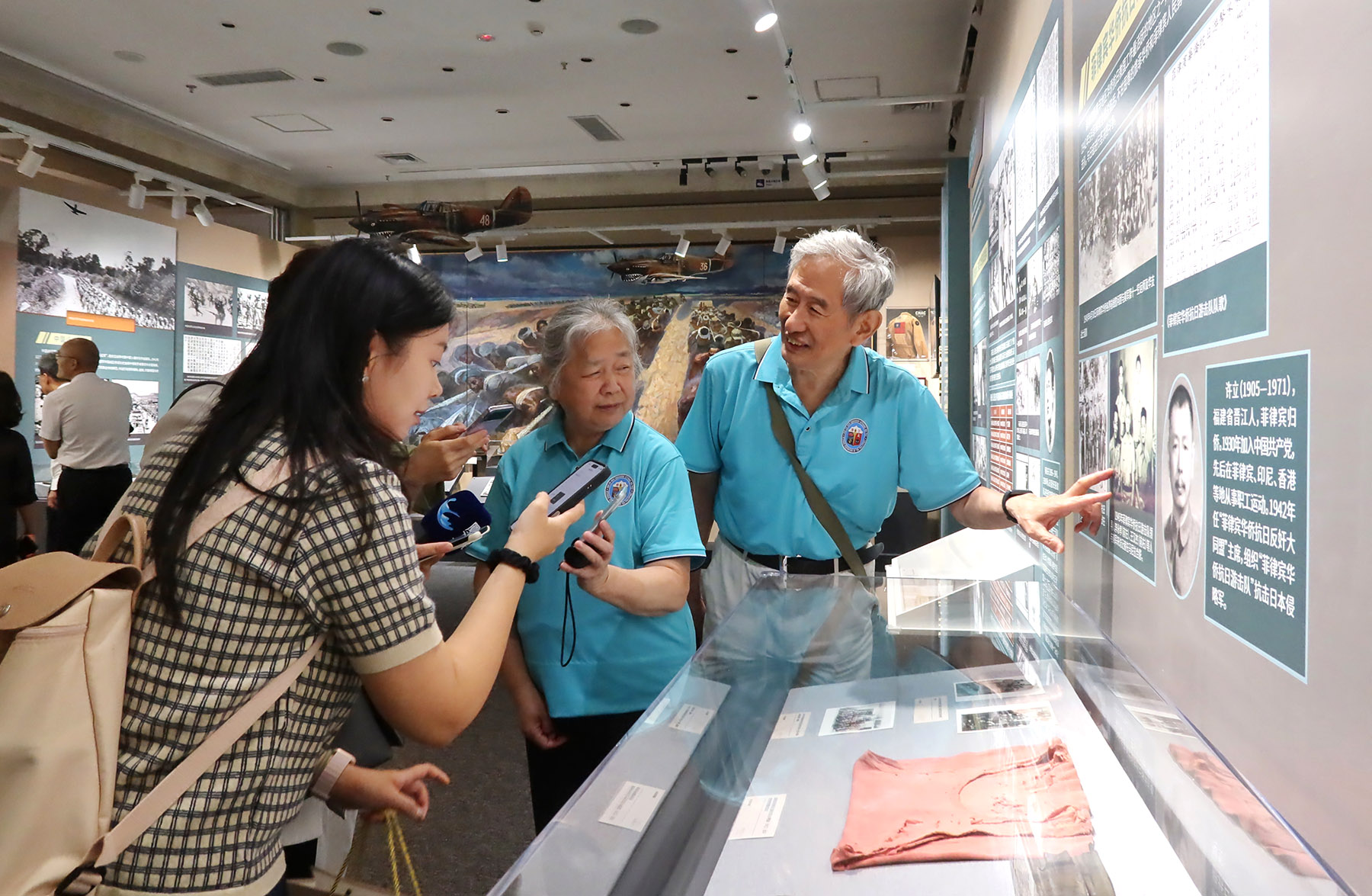
According to Liu Junqi, a tour guide at the museum, since the beginning of the war, overseas Chinese donated a large amount of money and goods to support the resistance.
The display highlights a cloth bag, on which there are four Chinese characters, wei min qing ming ("pleading for the people"). Behind it is the story of Qing Chew Chiang, a Malaysian Chinese who spared no efforts in donating money to support the resistance.
Born into a poor family in Jiangmen, Guangdong province, in 1904, Qing followed his father to work in Malaysia as a teenager. From 1937 to 1941, by selling melon seeds and peanuts and raising funds, he earned a large sum of money and donated it to the Relief Committee of Nanyang Overseas Chinese for China's Refugees, an organization to help overseas Chinese support their motherland and contribute to China's efforts in the war.
"Since his father in his hometown was killed by Japanese invaders, he understood the phrase 'first comes the country, then the family'," says Liu.
Besides material support, more overseas Chinese took part in the war by themselves.
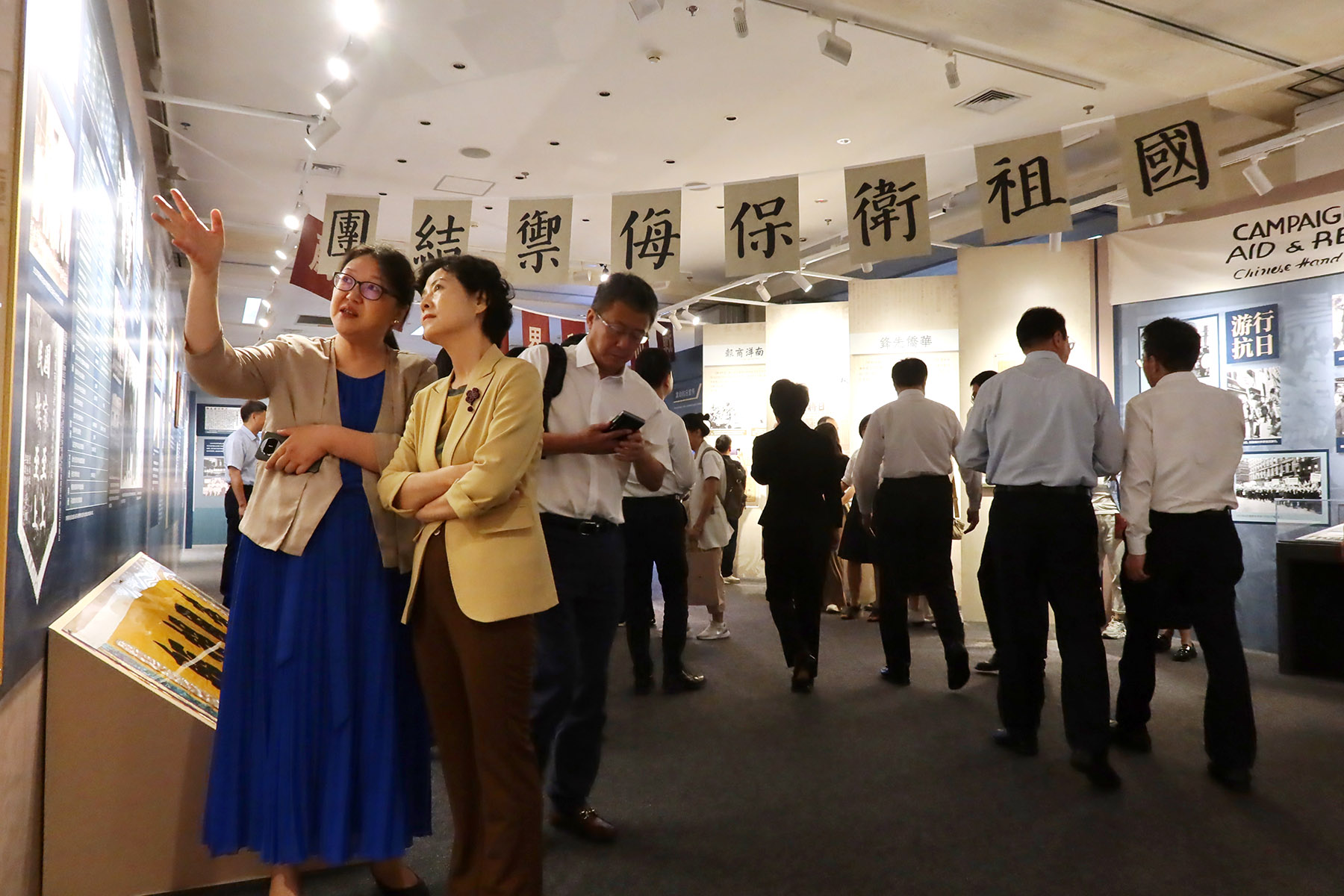
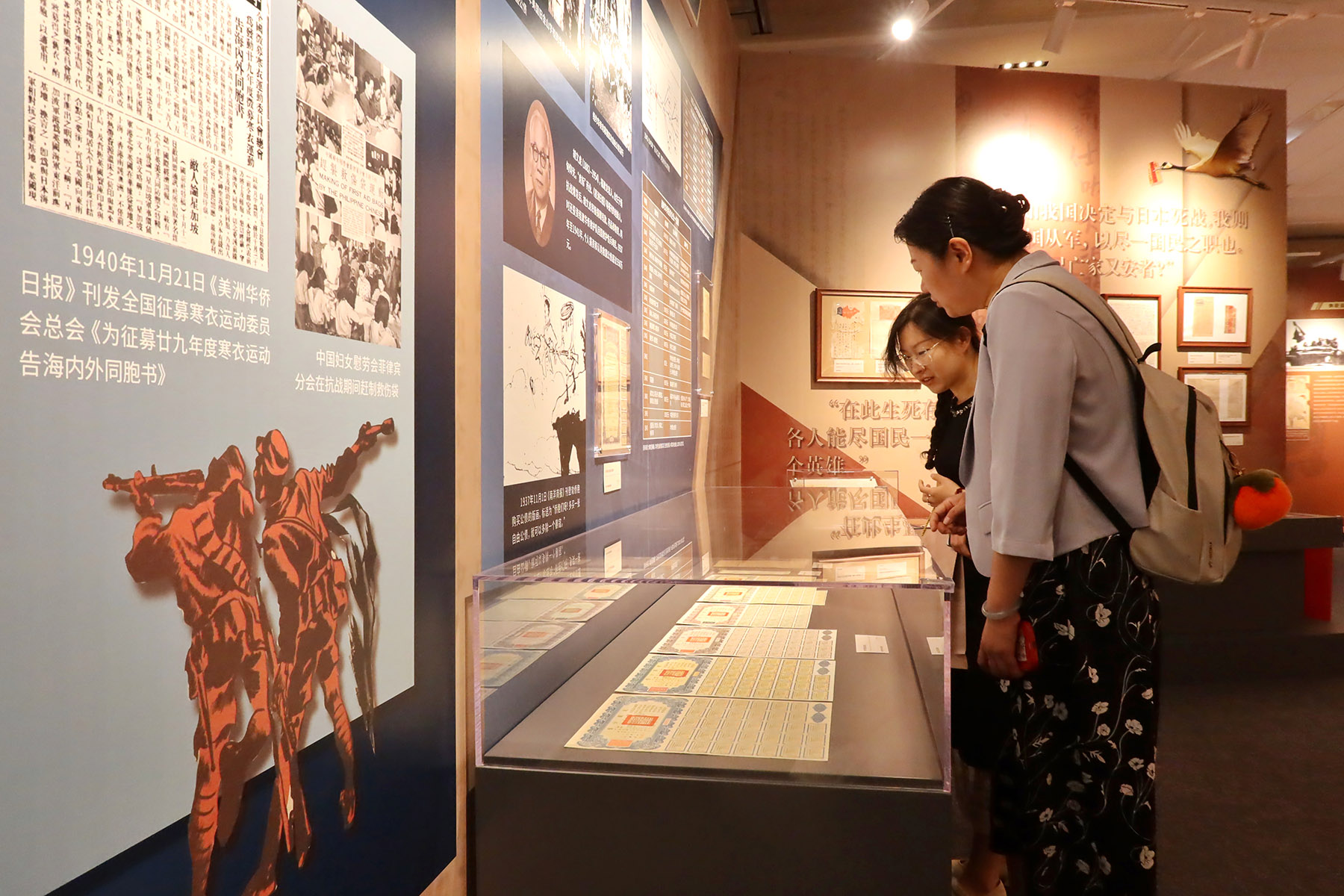
For example, some 3,000 overseas Chinese drivers and mechanics from Southeast Asia, known as Nanyang (an old term that refers to some Southeast Asian countries) Volunteers, answered the call of Tan Kah Kee, a patriotic overseas Chinese businessman and philanthropist, to go back to China, risking their lives to help transport war supplies and carry out emergency repairs of vehicles along the more than 1,100-kilometer Burma Road, a critical lifeline that linked China and overseas countries and became a major target of Japanese airstrikes between 1939 and 1941.
The exhibition displays an introduction letter Tan wrote for Xu Zhiguang, an overseas Chinese in Singapore who answered the call, gave up his booming taxi business in Nanyang, and decided to send his family members back to his hometown in Fujian province. He then joined the Nanyang Volunteers.
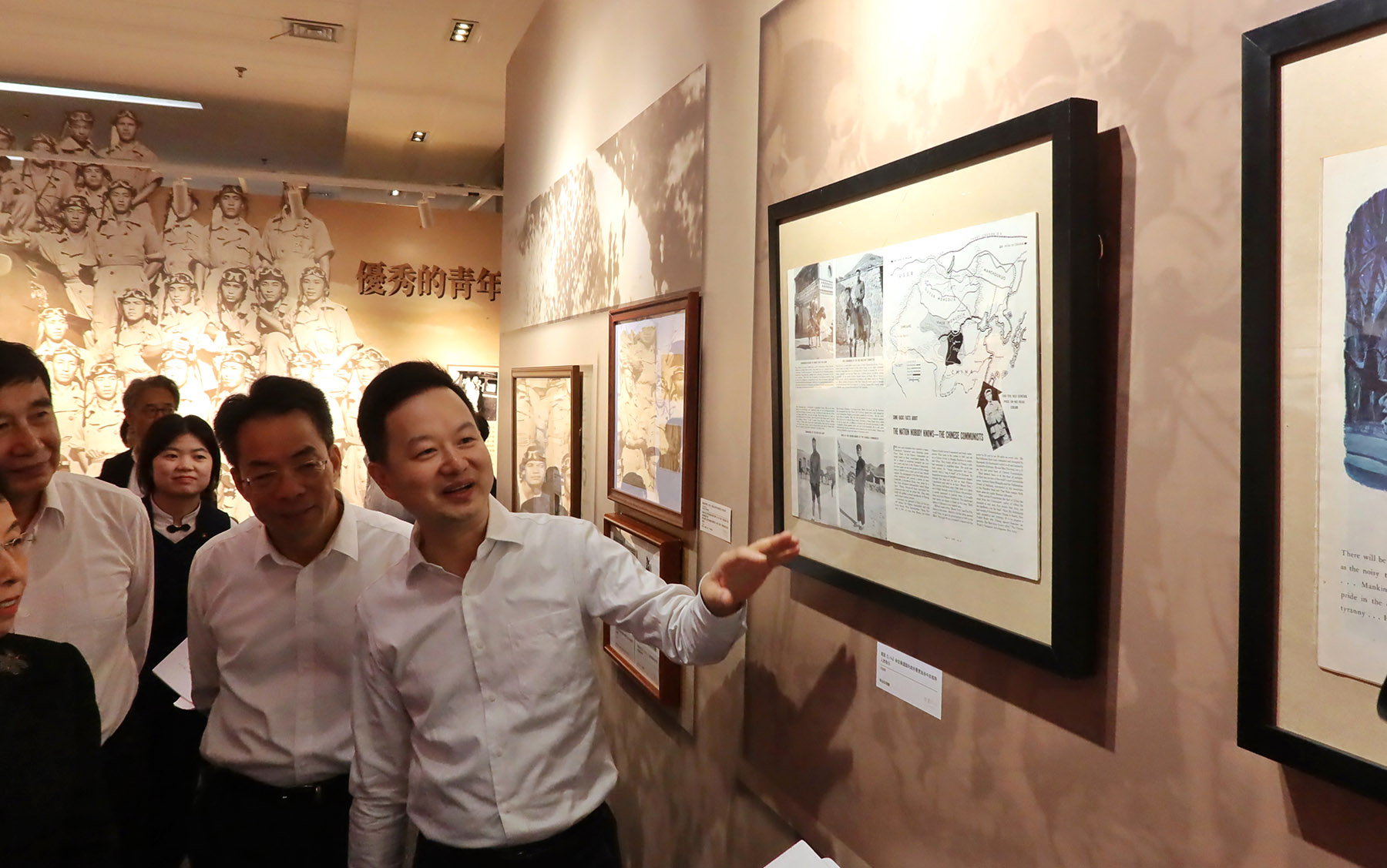
Tan wrote the letter clarifying Xu's situation, expressed his respect for Xu's choice and suggested custom officials on their way back home provide assistance for Xu's family's return.
"In several batches, they returned to their war-torn motherland, rushed to transport strategic supplies along the road, making significant contributions to breaking through the Japanese blockade and ensuring the operation of the lifeline," says Liu.
ALSO READ: Defending the Wall, honoring the heroes
According to Wang Yuhong, granddaughter of Zhuang Mingli, a leader of the overseas Chinese who had worked to support the Nanyang Volunteers, the exhibition's title, Unwavering Solidarity Across the Ocean, to her understanding, means during the war, overseas Chinese were as one with domestic Chinese in fighting Japanese aggression. On the other hand, they also contributed their efforts to the places where they settled to fight in the World Anti-Fascist War.
For example, overseas Chinese people in the Philippines joined armies to fight against Japanese aggression in the country and some sacrificed their lives. After the victory, the Philippine government built a memorial stele and held ceremonies regularly for their contributions.
"In this way, they actually kept the same spirit with all those fighting for peace across the world at that time," she says.
Contact the writer at wangru1@chinadaily.com.cn


